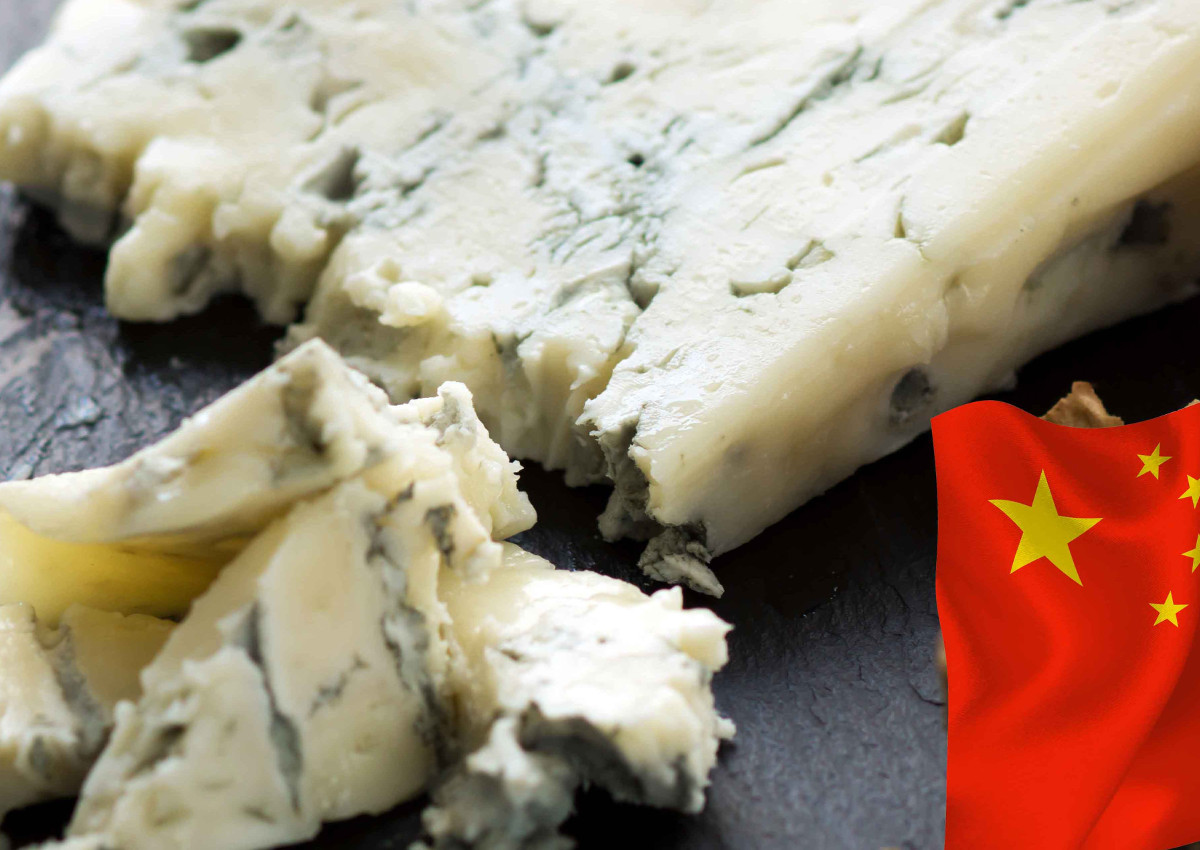
China’s dairy products imports in December 2017 confirm a positive trend on an annual basis, both in volume and in value. Imports of cheese slowed down in quantity (-19.4%), but nevertheless recorded a satisfactory growth in value (+12%). According to Clal.it data, between January and December 2017 dairy imports increased in volume (+12.9%) and in value (+37.4%), with positive performances for baby milk (+34.3% in volume and +32.6% in value), whole milk powder (+12% in quantity and +44.3% in value), and skim milk powder (+34.1% in quantity and +51.6% in value).
Cheese
Cheese imports data are also positive: +11.2% in volume and +18.7% in value. The growth margin of cheese exports to China is high, but to make Made in Italy products really known it will be necessary to introduce them to Chinese consumers. The decision of the Chinese Ministry of Finance to reduce import duties for 187 consumer goods, including some cheeses, can certainly be useful.
Exports growth outlook
China is also a strategic market for European productions. The overwhelming power of New Zealand and Australia can now be questioned by European Union producers. This is the case of the Netherlands, leader in the export of baby milk with a market share of 29% and a growth in exports of 11% in 2017. France as well has grown considerably. Its market share is now behind that of New Zealand (14% compared to 16%), with an increase in volumes of 186% in 2017 compared to 2016. France and the Netherlands are growing respectively by 15% and 27% as for whey powder exports, coming behind the United States which is the undisputed market leader with a market share of 55%. New Zealand whole milk powder exports to China are still a monopoly, with a market share of 92%, followed by Australia (3%). Behind come France, USA, and the Netherlands.
